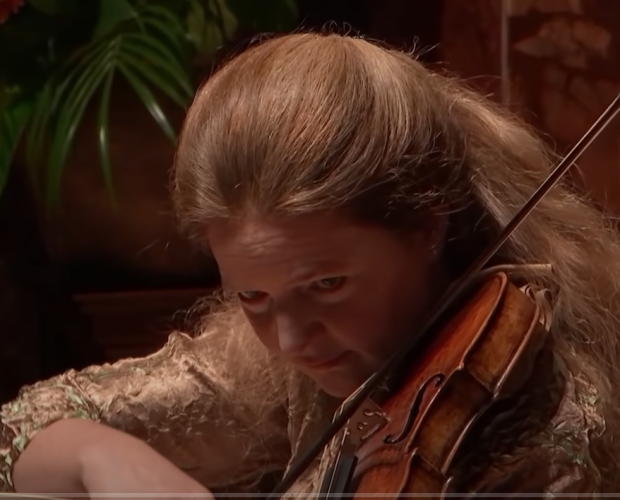When do beloved recordings move from “definitive” to “historical”, and what does that even mean?
I am old enough to realize that recordings I would have called the gold standard when I was younger have evolved in my mind to become beloved “historical” versions. Why? Because of better recording technology? For me, that is a small part of the transition. It’s more about changes in performance style. The movement to authenticity in performance has had a tremendous influence on how we expect to hear the great composers, whether we realize it or not. Over the next few months I thought it might be fun to compare recordings, some of them videos of live performances, to illustrate changes in style.
Many in our audience will remember the days of Tower Records, the Wherehouse, etc., places where I spent hours rifling through records deciding exactly how to spend my allowance or high school earnings. One of my earliest purchases was a 1950s recording of Bach’s Sonatas and Partitas for solo violin by Henryk Szeryng. I remember thinking that some of the movements I was hearing had to be the playing of two violins. That’s how astonishing Szeryng’s voicing of the double-stopping was!
I still love the way he plays the Chaconne with all that lush sound and vibrato, but it sounds so romantic to my ears now. The playing is full and very sustained. Rachel Podger, one of the most popular and historically informed violinists on the scene today, plays Bach very differently. And she uses a baroque bow, too, which has its own unique characteristics. She is more interested in resonance than sustaining, and the improvisatory nature of her playing feels almost emancipated. I hope you find your own joys in both performances.
Henryk Szeryng plays the Chaconne by Bach:
Rachel Podger plays Bach:
Stay tuned for more musings,
Stephen

